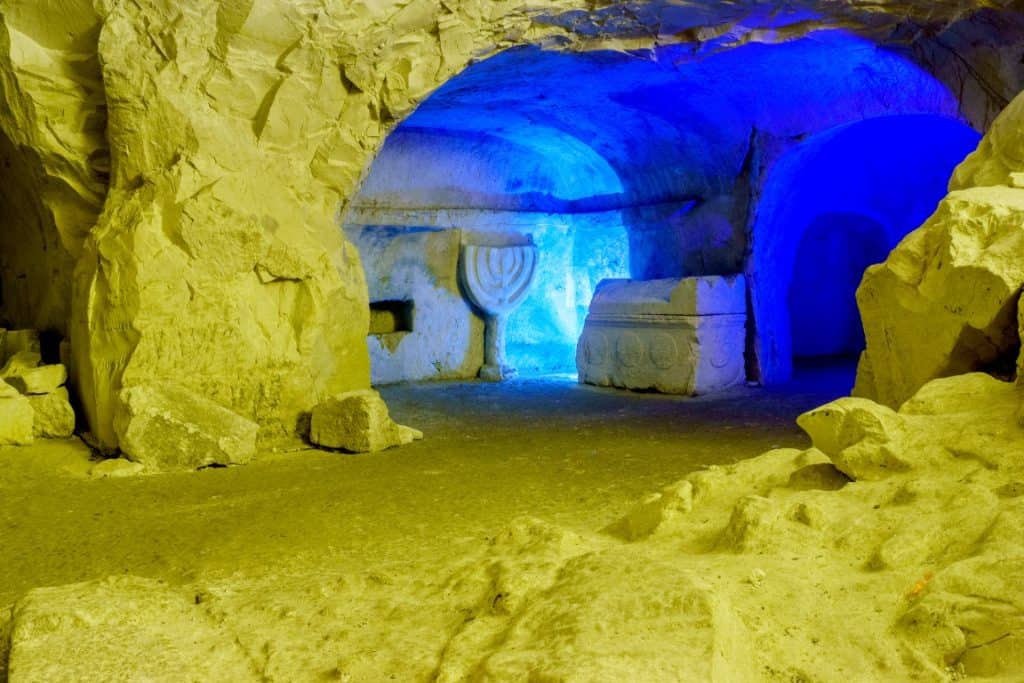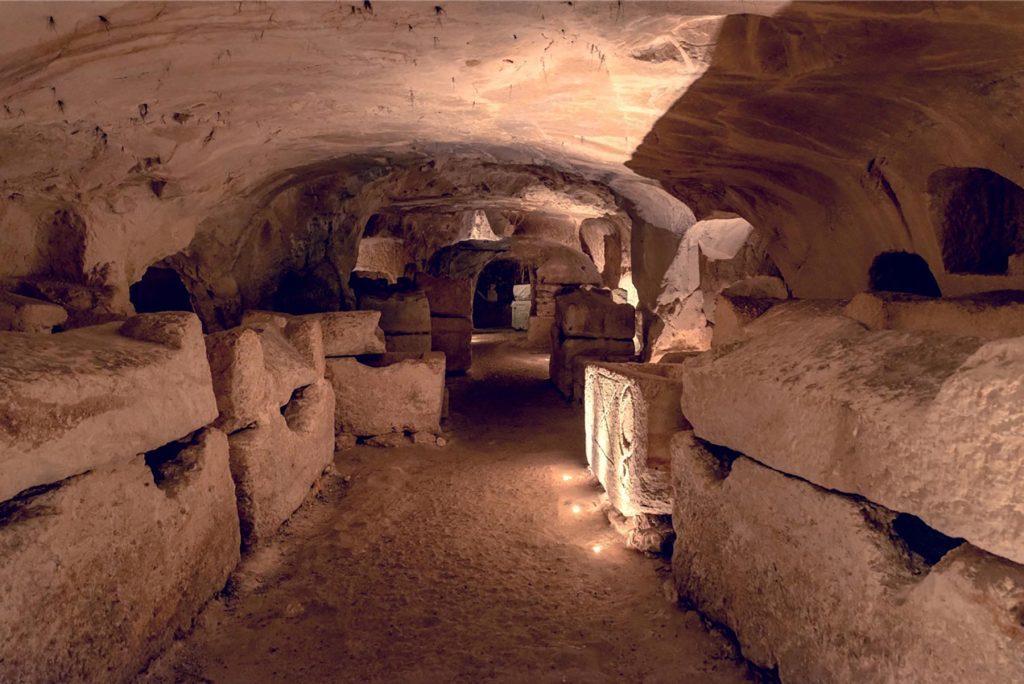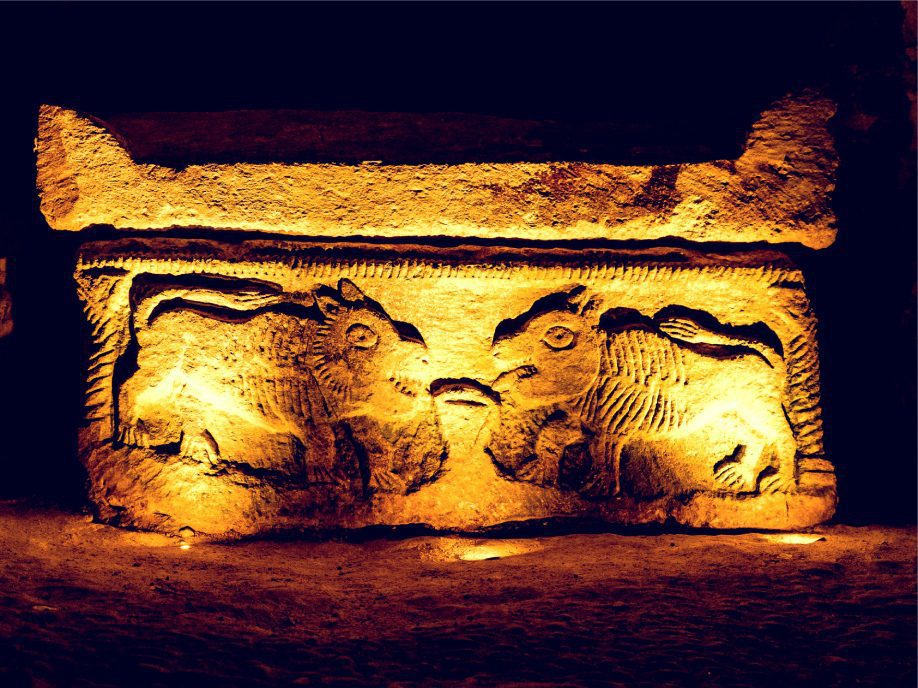Beit Shearim National Park is a trip back in time to the 2nd century CE, where the Romans and the Jewish people shared a city called Beit She’arim! Located in the Lower Galilee, Beit She’arim National Park is comprised of two ancient locations that are fascinating to explore; perched on the hilltop are the ruins of a Roman city, and buried beneath are the Jewish burial catacombs. With more than 30 burial cave systems discovered so far; the catacombs are highly impressive and feature not only Hebrew inscriptions; but also Aramaic; and Greek. Whether you want to walk into the depths of the catacombs; explore the ancient Roman ruins; or simply enjoy the incredible views; Beit She’arim National Park is worth the visit every time!
Beit She’arim National Park – An Amazing Park to Visit!
The original city was built sometime between the 9th century BCE and the 3rd century BCE; however, it wasn’t truly prosperous as a Jewish settlement until the Roman era around the 2nd century CE. At this time, Beit Shearim became famous due to the works of Rabbi Yehuda HaNasi; who was lovingly referred to simply as “Rabbi.” Rabbi was not only a religious and spiritual authority as the head of the Sanhedrin, but he was also a political leader.

His charisma and connections with the people and the Roman regime allowed the town to grow quickly. It was also here that he compiled the Mishna; the oral law of Judaism; which was finalized later in Tzippori. Rabbi spent so much time at Beit Shearim that he asked to be buried there when he died. What no one anticipated is what his burial would mean to others.
During the Roman era, Jewish burials were no longer allowed on the Mount of Olives, which devastated the Jewish people. When they learned that the great Rabbi Yehuda HaNasi was buried at Beit Shearim, it was considered a holy site and became the new Mount of Olives. After the Rabbi’s death, the city became a necropolis.

Many Jewish people chose to be buried here to be close to the Rabbi. Sadly, even with the mass burials, the city declined and was eventually destroyed and burned in the 4th century. It wasn’t until 1924 that Alexander Zaid, one of the founders of the Bar Giora, found a crack that led into a cave was the ancient city of Beit Shearim was rediscovered, excavated, and announced to be the Beit Shearim National Park.
Opening Hours:
Last entry to the site: one hour before cited closing time
Summer Hours:
Sunday–Thursday and Saturday: 08:00-17:00
Friday and holiday eves: 08:00-16:00
Winter Hours:
Sunday–Thursday and Saturday: 08:00-16:00
Friday and holiday eves: 08:00-15:00
Holiday eves: 08:00-13:00
Yom Kippur eve: 08:00-13:00
On holidays and Saturdays, I recommend arriving early;
entry is based on the availability of space.
Phone: +(00)972-(0)4-9531551



